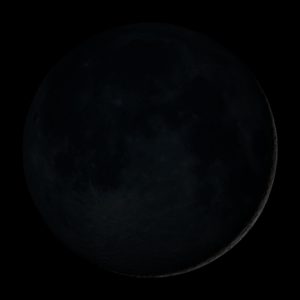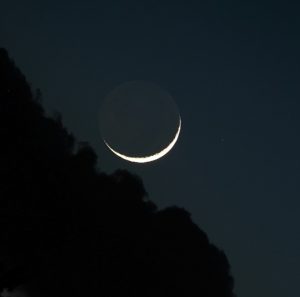April 25th
April 19th
#SkyWatchSunday
On the 23rd, we will have a New Moon! While you aren’t able to see the moon, the sky will be the darkest it will be all month. A perfect time for stargazing and looking out for the Lyrid Meteor Shower! More info on our website and look forward to next month’s “Skies Above the Pinnacles” astronomy “forecast” by Jeff Hutton! https://forestryoutreach.berea.edu/skies-above-the-pinnacl…/
Image by NASA Goddard Space Flight Center. https://www.flickr.com/photos/24662369@N07/5837033098

April 18th
Did you know the Lyrid Meteor shower is coming up? What is a meteor shower? Falling stars? Aliens?
They are the debris left behind by a comet whizzing by!
How do we know a meteor shower is going to happen so we can view this awesome sight?
Read more about comets, meteors, and how to view this upcoming shower here (scroll down, the full PDF is available when you click “April Showers” above the image): https://forestryoutreach.berea.edu/virtual-lessons/


April 12th
We often forget to look up at the night sky, but it is an important part of life on Earth! Try taking a look and use this guide to April’s astronomical events by Jeff Hutton to help decipher what you’re seeing… And there’s a meteor shower coming up! Get more info here!
https://forestryoutreach.berea.edu/skies-above-the-pinnacles/
April 11th
Hey, check out the moon! Did you notice how big the full moon was before clouds closed in on April 8? Maybe you heard someone call it the “Super Moon”. If you’d like to learn more about that, read this month’s “The Skies over the Pinnacles” or go to NASA’s website at www.NASA.gov and type in “Super Moon” in the Search Box. The moon always seems to be changing its shape doesn’t it? You might have also heard terms like “New Moon” or “First Quarter Moon”. Curious? Read on and find a fun activity here: April 11 Check out the Moon! PDF

https://astrosociety.org/
April 5th
Check out this awesome #skywatchsunday image taken of the Venus/Pleiades star cluster conjunction the past few nights! You can see Venus without a telescope or binoculars because it is so bright. It passed right by the star cluster, but only from our point of view! They are still far, far away from each other in space.
Share with us what you see in the night sky where you are!

April 4th
Telling Time with the Stars
by Jeff Hutton
Did you know that hundreds of years ago there were no clocks? Just like now, there were people who were clever and they realized that the sun, moon and stars always rose in the east, traveled across the sky and set in the west. They also knew that certain stars were up at night only at certain times of the year and that the stars that were close to the sky’s north pole, near the star called Polaris, never set. These stars just went round and round Polaris like a big wheel
Just like now, it was important to know what time of the year it was so they knew when to celebrate religious holidays and for farmers to know when to plant their crops.
Would you like to be able to tell time without a clock, your watch or a smart phone?
Do the activity here: Telling Time with Stars PDF
Thanks to Jeff Hutton. Diagrams from Astronomical Society of thePacific’s “UAYF 2.0” https://astrosociety.org/
March 28th
Take a look at this article about stargazing from home. Whether it be virtual or if you can get a good view from your home, space is an amazing thing to learn about. It affects our daily lives in ways we don’t even know! Take a look at the night sky tonight and tell us what you see!
https://www.cnn.com/…/stargazing-quarantine-sess…/index.html


